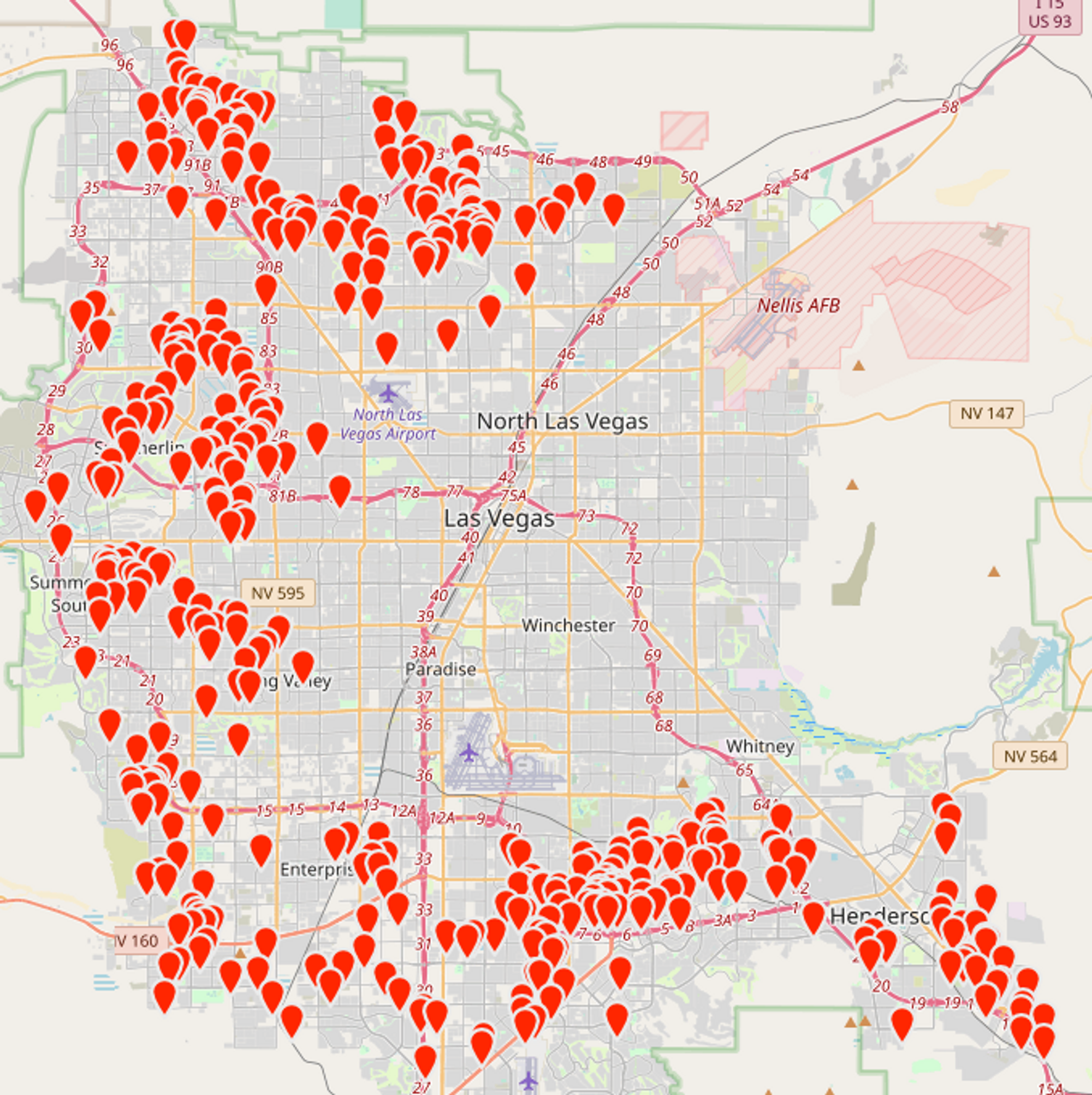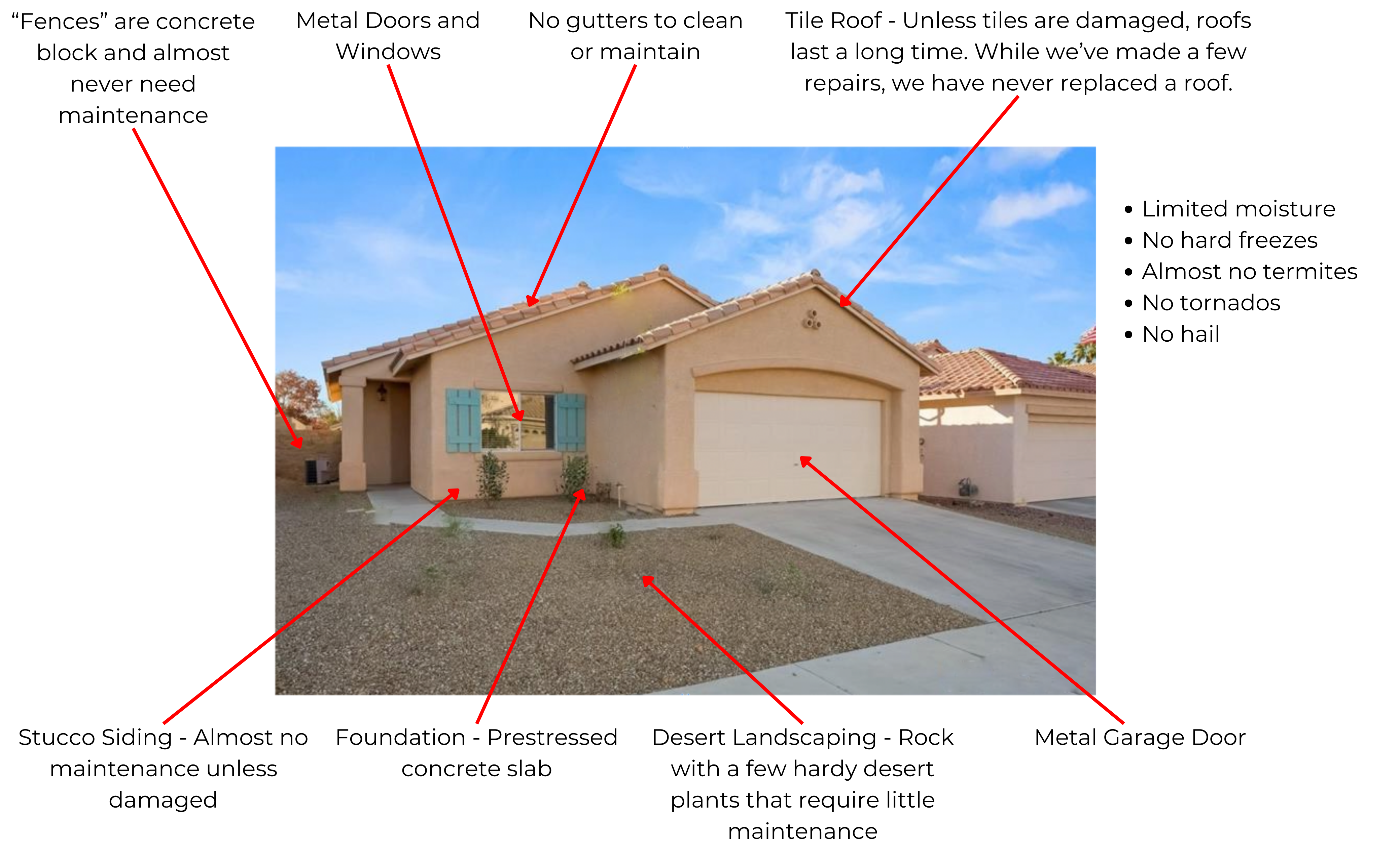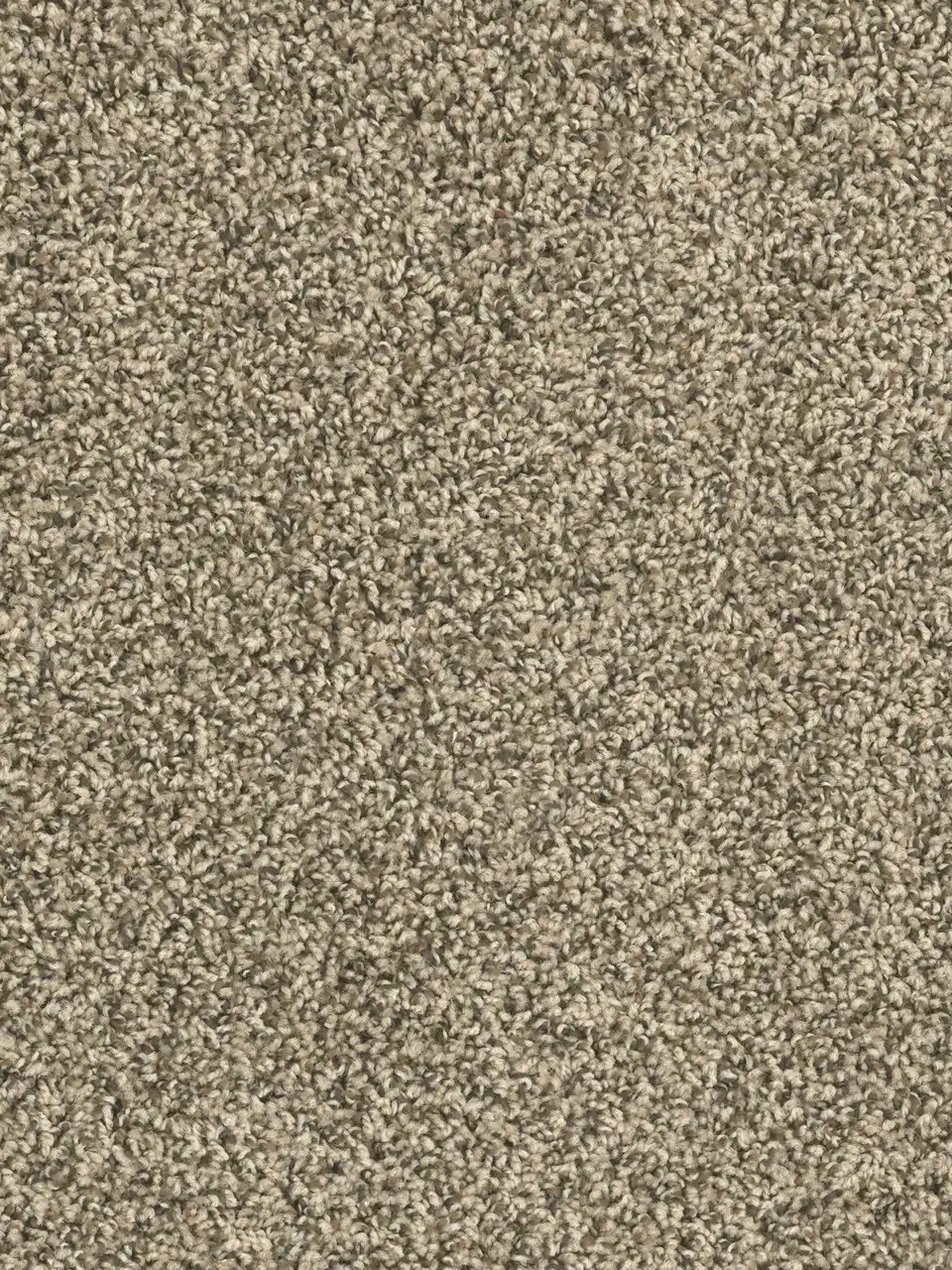
[Image generated with Dall-E]
Most people choose properties they like and hope things will work out. This is equivalent to jumping in the car and racing off without knowing where you are going.
Instead of choosing properties, we reversed the process because no property ever paid rent; the tenant who occupies the property pays the rent. So, we identified a tenant segment with a high concentration of reliable people. A reliable tenant stays many years, pays the rent on schedule, and takes good care of the property.
Once we identified this segment, we determined what and where they rented. Based on what they were renting, we developed what we call a property profile. Below is a small portion of the property profile that every property we recommend must match.
- Type: Single-family
- Configuration: 3+ bedrooms, 2+ baths, 2+ car garages, 1,100 to 2,400 SF, one or two stories, lot size 3,000 SF to 6,000 SF. Most of the proeprties we recommend were built in 1985 or later.
- Rent range: $1,900/Mo to $2,300/Mo
- Location: See the map below for the general areas

What happens if you buy properties that do not match our property profile? You will likely end up with a tenant from a less reliable segment. This can result in taking longer to rent, renting for less, having shorter tenant stays, and being less likely to rent during economic stress.
What has been our 16+ year results:
- Our average tenant stays over five years.
- We’ve had seven evictions in the last 16+ years (over 1,000 tenants).
- 2008 crash – Zero decline in rent and zero vacancies.
- COVID – Almost no impact
- Eviction moratorium – Almost no impact
- From 2013 through 2023, the annual appreciation and rent growth rates were over 15% and 8%, respectively.
In summary, we did not choose the properties ourselves. We listened to our target tenant segment and recommended properties they were willing and able to rent.
Net Income Is All That Matters
A simplistic formula for net cash flow is below.
- Cash Flow = Income – Recurring Costs – Vacancy Cost – Maintenance Cost
Vacancy cost is determined by how often the property is vacant. We minimize vacancy costs by targeting a tenant segment that stays on average over five years. The properties we select are highly desirable, so they re-rent quickly, keeping vacancy costs low.
Maintenance costs depend on construction materials, climate, age, and property condition. Minimizing maintenance costs is a key factor in the properties we select.
Our low maintenance costs (< $400/Yr on average) are due to the following:
- We do not consider properties built before 1985. Most were built after 1990.
- Due to the Mojave Desert climate, typical construction materials like composition roofs, wood fences, and wood siding are not used. See the image below for a typical property we recommend. Whether the property was built in 1985 or 2020, it is very durable and requires minimal maintenance.

- Another factor contributing to our low maintenance costs is the elimination of subdivisions with high maintenance expenses. We usually do not recommend properties built before 1990, except for five subdivisions built between 1985 and 1989.
- Based on our experiences, if a home built before 2010 is properly updated, for example, with the right paint, flooring, countertops, etc., the maintenance costs will be about the same as those built after 2010.
- The major cost items are the HVAC and the water heater. The cost to replace an entire HVAC system is typically between $6,000 and $9,000. I know of only four HVAC systems being replaced in the 500+ properties our clients purchased from us. A 40-gallon water heater typically costs about $1,500 to replace, and water heaters typically last 12 to 15 years.
- Renovation materials matter. For example, we use a commercial-grade nylon carpet. In the distant past, I purchased high-grade nylon carpets from big box stores. All seemed good until I had to replace the carpet on the stairs in one of my properties. I went to the same store where I originally purchased the carpet and purchased the same part number. When the replacement carpet was installed, it was obviously a different shade. I was forced to replace all the carpets. For over 15 years, we’ve used a carpet that does not show dirt and cleans well. Below is a photo of the carpet.

The need to keep maintenance costs low is why we standardized most renovation materials in 2017.
Summary
Our business relies on repeat clients, meaning our clients consistently make money. This requires properties that remain occupied by reliable tenants and have low operating costs. As a result, we’ve delivered more than 530 properties to clients worldwide, and our repeat business rate is over 90%.





